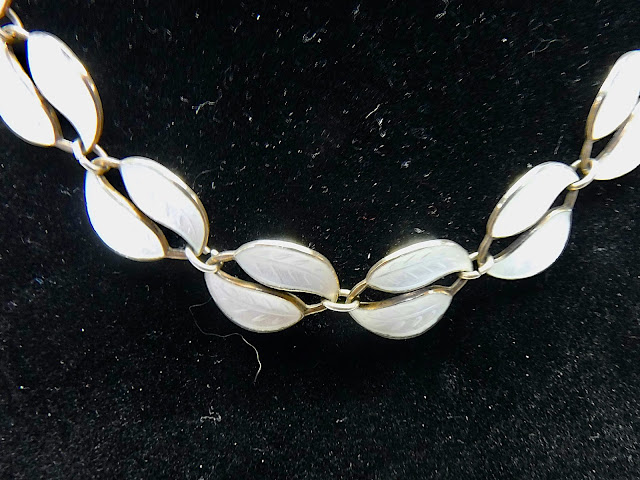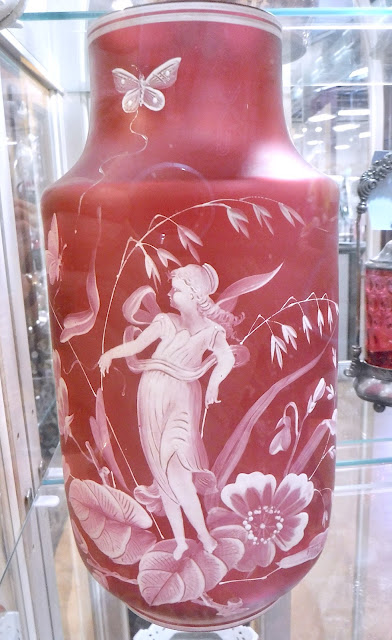Next-to-New is Austin's oldest consignment shop, founded in 1959 as an outreach ministry of St. David's Episcopal Church. We are the only nonprofit consignment store in Austin. Our profit goes to local charities and helps restore St. David’s Historic Church, an Austin icon on the National Register of historic places. Located at 5435 Burnet Road, our carefully curated and constantly changing inventory comes from donations, consignments, and estates.
Wednesday, December 14, 2022
Pinball Wizard
Wednesday, November 30, 2022
Extraordinary Seascape by an American Master
Thursday, November 17, 2022
Screen Time

Friday, October 21, 2022
Shimmering Sea Life in Golden Glass
Thursday, September 22, 2022
Exhilarating Ertè
Thursday, August 25, 2022
Gleaming Guilloche
Thursday, August 18, 2022
Like Father, Like Daughter
Annie Tolliver (1950-2018) was inspired by her father. As a child, she loved to draw, but dropped out of school in the ninth grade to marry and start a family. Originally, Annie worked with her father, painting in his style and using his signature, but in 1990, encouraged by an art dealer, she began to create under her own name. Like her father, Annie often uses salvaged wood and house paint. She is known for her brightly colored imaginative paintings, often with humorous subjects and titles. Annie passed away on March 13, 2018.
Thursday, August 11, 2022
Fantastic Fenton
Saturday, July 23, 2022
Astounding Squash Blossom
The crescent-like pendant is known as a "naja." It originated in Moorish Spain as an amulet to ward off evil and the design is believed to have been brought to the Americas by Spanish conquistadors.
Thursday, July 21, 2022
Hail! Fairy Queen. . .
This enchanting fairy, framed by delicate flowers, foliage, and flittering butterflies, is an example of elegant enameled glassware that became popular in the late 1800s. Against the soft rosy background of cranberry glass, an artist skillfully painted layers of white enamel, creating the effect of a carved cameo. In fact this style of enameled glass was produced to compete with the more costly cameo glass. Cameo glass was typically made of two fused layers of glass, a lighter (usually white) outer layer over a contrasting darker shell; the piece was then cut and etched to create a cameo-like design.
Thursday, July 14, 2022
Mission Accomplished. . .
The set is attributed to the Michigan Chair Company, founded in 1890 in Grand Rapids, Michigan. The company came to produce chairs and accompanying occasional pieces in a wide variety of styles and woods. It first introduced a line of mission chairs as early as 1898, but by 1909 began creating more period revival and ornamented designs, such as Colonial, Elizabethan, Chippendale, and French. The company is still in business, although it has not produced furniture since 1970, instead offering custom solid hardwood steam bending.
All posted items are for sale at Next-to-New, but things can sell quickly!
15825-2












.jpeg)
































.jpeg)
.jpeg)

